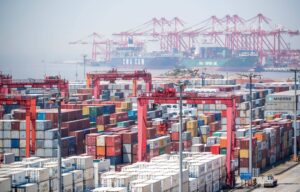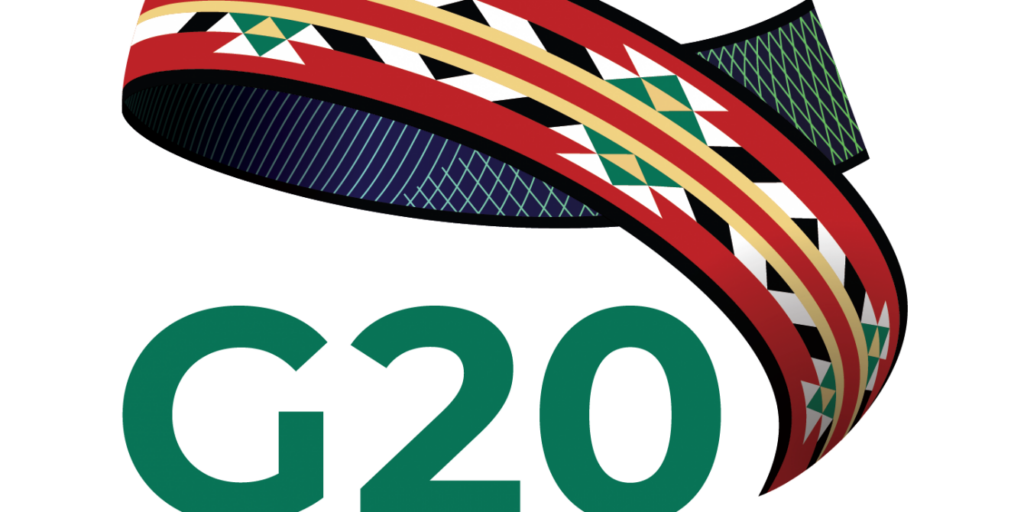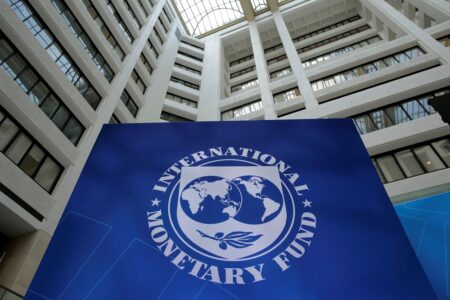- As national debts grow, many African countries find themselves spending more on debt than on health.
- IMF says the debt ratio in Sub-Saharan Africa surged to 60% from 30% of the countries’ GDP between 2013 and December 2022.
- Kenya is for instance using nearly 60% of its annual revenues on paying debt obligations.
As the Africa debt crisis roils, over half of the countries have found themselves spending more money in servicing their loan obligations than even the amount they have budgeted for health services to their citizens.
This unfolding scenario is further burdening millions of their citizens who have little choice but to shoulder heavy tax burdens to settle mountains of debt.
Prof Danny Bradlow, a Senior Research Fellow at the Centre for the Advancement of Scholarship in Pretoria, South Africa, captures the dire situation, stating: “over the last three years (2019/22), more than 25 African governments allocated more resources to servicing their total debts than to the health of their citizens.”
According to the International Monetary Fund (IMF) estimates, more than half the low-income countries in Africa are either already having trouble paying their national debts or are on course hurtling to a debt crisis.
In July 2023, Bloomberg reported that Kenya – East Africa’s biggest economy – set aside nearly 60 percent of her revenue collections to honour her debt obligations. This commitment in the fiscal year ended June 2023 was the highest proportion of income going to loan obligations in over 10 years. Data from Kenya’s Ministry of Finance showed that debt costs had edged up from 56.7 per cent in the FY2022/23 for the country.
Across the continent, the reality on the ground is that the Africa debt crisis is a worsening cancer of the economies, that is taking up more than the lion share of countries’ wealth, leaving critical segments of the economy lacking adequate financing.
“It hasn’t been easy for African states to finance their developmental and environmental policy objectives over the past few years,” Bradlow adds.
A September 2023 review by the IMF titled How to Avoid a Debt Crisis in Sub-Saharan Africa, noted that on average, the debt ratio in Sub-Saharan Africa surged to 60 per cent from 30 per cent of their GDP between 2013 and December 2022.
“The region’s ratio of interest payments to revenue, a key metric to assess debt servicing capacity and predict the risk of a fiscal crisis, has more than doubled since the early 2010s and is now close to four times the ratio in advanced economies. As of 2022, more than half of the low-income countries in sub-Saharan Africa were assessed by the IMF to be at high risk or already in debt distress,” explains the IMF.
Also Read: AU Summit 2024: African experts Now Demand Debt Reforms and Financial Systems Overhaul
Africa debt crisis: Worsening external obligations
With such high debt levels and no relief in sight, will Africa be able to raise the US$1.6 trillion that the Organisation for Economic Cooperation and Development estimates it needs to reach the sustainable development goals by 2030? Probably not, as the fact of the matter is that the Africa debt crisis keeps getting worse year after year.
With some African country already in debt default such as Ethiopia, Ghana and Malawi, the question of debt sustainably looms large. And for the continent, given the tough lessons gathered from the experience of COVID pandemic: Africa cannot bank on the global community for bailout when crisis hits the roof.
“Its official bilateral creditors appear more focused on their own needs and on other parts of the world than on Africa. Commercial creditors are happy to provide financing when conditions are favourable and African debt can help them satisfy their investment mandates,” Prof Bradlow explains.
“But they are less forthcoming when the going gets tough and the risks associated with the transaction materialize,” his note adds.
Strangely enough, while these commercial creditors act ‘shy’ against these risks (for which they have already been compensated) Africa remains a recipient of loans every year at ridiculously high interest rates.
“This suggests that Africa needs to advocate more aggressively for its interests,” the IMF advises. It is in this backdrop that it emerges that the only way Africa will ease its debt crisis is if it gets back on the table and discusses the issue with its lenders and one such opportunity is the upcoming G20 Summit.
Read also: Debt burden, high inflation adding growth vulnerabilities to Africa
A time for Africa to advocate for debt relief?
In what is going to be its first year at a G20 summit, this is the opportune time for Africa to advocate its debt issues. The summit will be hosted by South Africa in 2025, the G20 provides the perfect pedestal for debt and development finance discussions.
“African representatives can use their participation to advocate for a new approach to sovereign debt that is more responsive to African needs and concerns,” Prof Bradlow suggests.
“But African states will need to plan carefully…their starting point should be the well-recognized fact that the current sovereign debt restructuring process is not working for anyone,” the finance expert asserts.
Using this approach, accepting that the previous approach has failed, that is, the G20-led Common Framework that was meant to help resolve the sovereign debt crises in low-income countries.
Evidence of its failure is the fact that of the four African countries that have applied to have their debts restructured through the framework, have all (but one) hit a dead end.
“Despite years of negotiations, it (Common Framework) has failed to fully resolve the debt crisis in three of them…African states should offer their own innovative proposals,” advises the expert.
Similar to the Common Framework, there are other existing international norms and standards that are meant to resolve countries in debt crisis. For example, the UNCTAD principles on responsible sovereign debt transactions are one such tool that, however, experts say remains rather underutilized.
“Some of these relate to the conduct of sovereign borrowers. Others focus on responsible lending behavior and are often cited by creditors in their policies dealing with environmental and social issues, social responsibility, or human rights,” he notes.
The expert also points to the fact that if Africa bases its new approach on these international norms and standards, both debtors and creditors will in effect agree to implement principles that they have already accepted.
To achieve the sought-after amicable end, both lender and receiver should be much more transparent; “…both the process for incurring debts and the terms of all their public debt transactions,”
“They should also agree that they can be held accountable for their failure to comply with these transparent and responsible sovereign debt practices and procedures,” he urged.
Finally, the finance expert pointed out that; “African states should admit and speak up about that there is a fundamental problem with a sovereign debt.”











